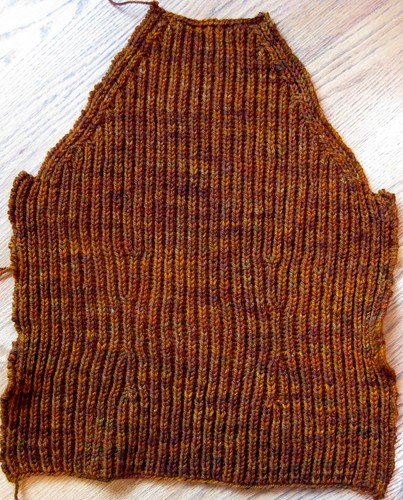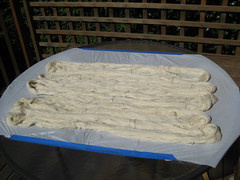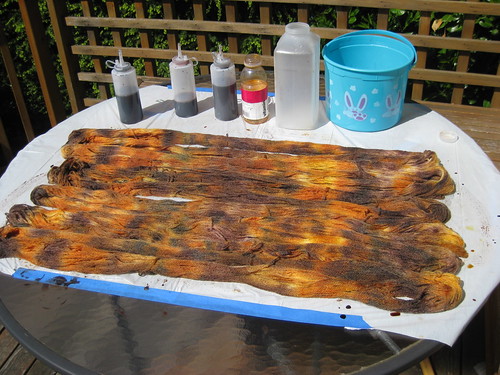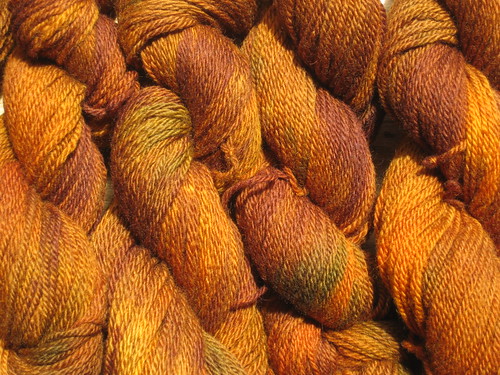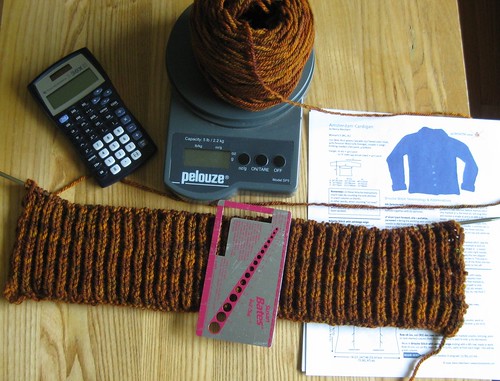Last weekend my husband took a brief vacation and left the kid behind. Sure, we've been away from him before overnight. He's been to sleepovers and sleep away camp. When he was younger we even occasionally left him with a sitter and went away for an anniversary or birthday weekend. But this felt different.
This time we told our 14 year old that we wanted to go camping without him and he needed to call a friend and get himself invited over to spend the night. And he did. Friday he rode his bike to school with his pannier packed with pajamas and toothbrush, because his sleepover friend commuted by bike. He would bike home the next morning (from Phinney Ridge! Crossing Aurora by himself!) then leave to spend the day with another friend. He could then come home, make himself dinner and keep himself occupied (that's what the internet and video games are for, right?) until we got home Saturday evening. We had the cell phone and alerted several neighbors who were happy to be available in case he needed assistance. And we were off. Did I worry? Of course! Independence is a long and gradual process, a process we have to encourage, even if it's scary. (More scary for me than the kid, actually.)
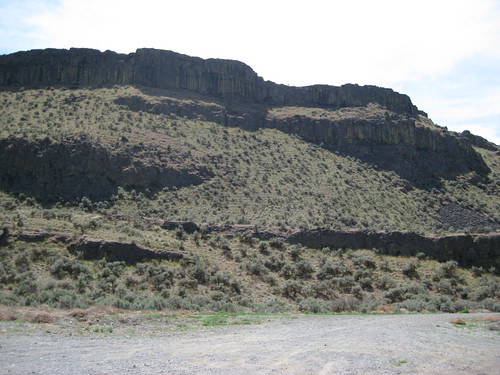
We went to the Columbia National Wildlife Refuge in the
Channeled Scablands. Eastern Washington has the wildest geologic history I can imagine. No recent natural event has come close to the forces that have shaped that landscape. First, the earth opened and
lava flooded the land, hundreds of miles covered fifty feet thick. Over about a million years, this happened over and over again. Enough lava in total to cover the entire continental US 39 feet deep. Then, some time elapsed and the world went into an ice age. Eastern Washington was not covered by the continental ice shelf, but Northeast of there, a finger of the continental glacier formed a dam in the mountains of Montana, creating a massive lake behind. The dam failed in a
cataclysmic flood where all the water drained from Montana through Eastern Washington to the Columbia River and to the sea. Took less than a week and estimates say that the flow was more than the combined flow of all rivers in the world combined. This happened again and again, perhaps once every 50 years for a couple thousand years. The flooding tore up the land, eroding the basalt layers into a complex of channels and potholes. Giant ripple marks that are only recognizable as such from airplanes. Gravel bars the size of small mountain ranges.
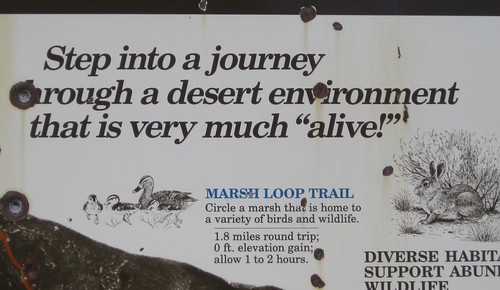
The
Columbia National Wildlife Refuge was formed because the Potholes Reservoir dam created by
The Project in the 1940s raised the water table nearby. So the desert south of the reservoir now held water in the potholes and the lowest parts of the channels, water that attracts and aids wildlife of all sorts.
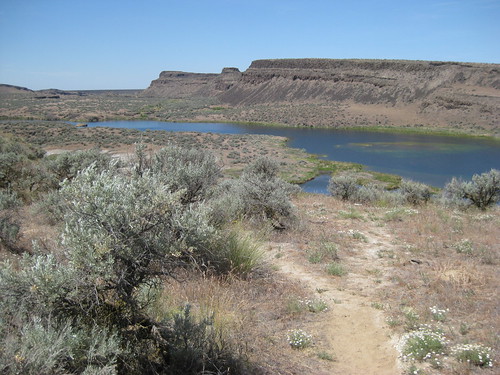
We hiked in the refuge and in the neighboring Drumheller Channels. Although we didn't time our hikes to optimize wildlife viewing --- the crepuscular hours are ideal for that --- we did see quite a variety. Birds, bugs, frogs, even a couple coyotes, but fortunately no snakes.
Saturday's hike we were treated to the sound of ravens making a fuss. We stopped and observed an adult pair and a juvenile pair up on the edge of a mesa. The adult pair each flew off the mesa, around the corner and perched back up top aways off. Then they called and called. Eventually the juveniles followed, but instead of flying out and around, they took the shorter path across the top, flying inexpertly no more than a few feet off the ground. Well, the parents did not sound too pleased about that and cawed up a storm.
That was the coolest thing we saw until lunchtime we were sitting in the shade under a cliff and noticed that a coyote was watching us from across the channel. Just standing on the edge of the opposite mesa and staring. He looked just like a large dog, but with the binoculars we could see the distinctive fur patterns and scrabbier body of a wild coyote.
That was the coolest thing until we were walking back in the bottom of a channel when we suddenly saw a huge bird flying away from us along the top of the mesa to our right. It stopped and looked back and had the unmistakable face of an owl! I've never seen an owl in the wild and what is it doing out in the day?
Right then another huge bird flew in front of us from the right cliff to the taller left cliff. We stopped and got out the binoculars and saw that the bird on the right was a juvenile, still fluffy and downy while the bird now on the left was an adult Great Horned Owl. Parent number two soon made its presence known and was also above us on the higher cliffs on our left. Unlike the ravens, these birds were not ignoring us and getting on with their teaching. We were being watched. Franz also got the impression that if we kept walking the trajectory we were going, we'd be pretty close to the fledgling and perhaps attacked by the parents. So after watching through the binoculars for a while, we continued on, passing much closer to the left side than the right. After we were through, I looked back and saw that the juvenile was now down in the channel, practicing flying maneuvers near the ground.
Our fledgling? Well, he managed just fine without us.
